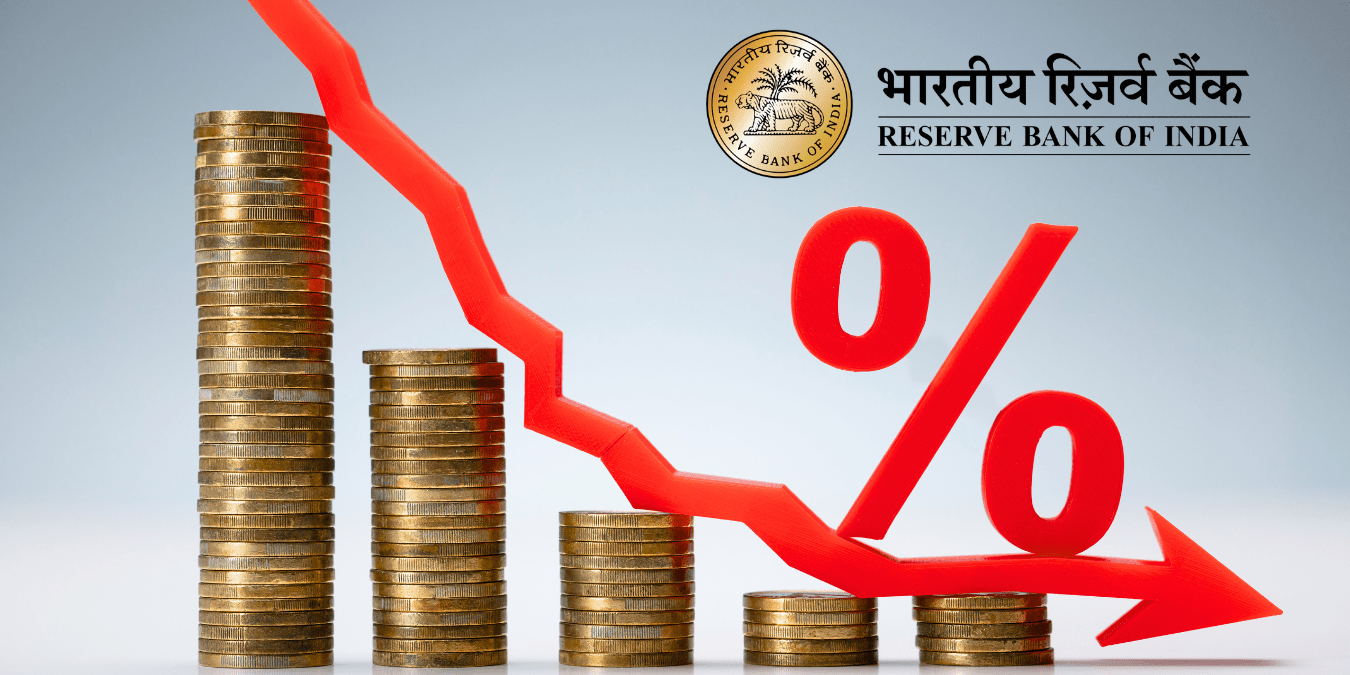
” The critical difference between cash flow and profit every startup must know. Learn why 82% of startups fail due to poor cash flow management, and get actionable tips to balance both for long-term success. 38% of startups fail because they run out of cash, while 35% fail due to a lack of market need.”
Understanding financial metrics is crucial for survival and growth. Two of the most important metrics that entrepreneurs must grasp are cash flow and profit. While these terms are often used interchangeably, they represent fundamentally different aspects of a business’s financial health. Misunderstanding or conflating the two can lead to poor decision-making, cash crunches, and even business failure.
This blog post will delve into the critical differences between cash flow and profit, why both matter, and how startups can effectively manage both to ensure long-term success. We’ll also explore the latest data, trends, and strategies to help your startup thrive in today’s competitive landscape.
What is Profit?
Profit, often referred to as net income, is the amount of money a business has left after deducting all expenses from its revenue. It’s a key indicator of a company’s financial performance and is typically calculated using the following formula:
Profit = Revenue – Expenses
There are different types of profit, including:
- Gross Profit: Revenue minus the cost of goods sold (COGS).
- Operating Profit: Gross profit minus operating expenses like salaries, rent, and utilities.
- Net Profit: Operating profit minus taxes, interest, and other non-operating expenses.
Profit is a measure of profitability and is often used to assess a company’s ability to generate returns for its shareholders. However, profit alone doesn’t tell the full story of a business’s financial health.
What is Cash Flow?
Cash flow, on the other hand, refers to the movement of money in and out of a business. It’s a real-time measure of a company’s liquidity and its ability to meet short-term obligations. Cash flow is categorized into three types:
- Operating Cash Flow: Cash generated from core business activities, such as sales and services.
- Investing Cash Flow: Cash used for or generated from investments, such as purchasing equipment or selling assets.
- Financing Cash Flow: Cash from or used for financing activities, such as issuing shares or repaying loans.
The formula for cash flow is:
Cash Flow = Cash Inflows – Cash Outflows
Positive cash flow means more money is coming into the business than going out, while negative cash flow indicates the opposite. Even profitable businesses can face cash flow problems if they don’t manage their inflows and outflows effectively.
Key Differences Between Cash Flow and Profit
While both cash flow and profit are essential, they serve different purposes and provide unique insights into a business’s financial health. Here are the key differences:
- Timing:
- Profit is an accounting concept that reflects revenue and expenses over a specific period, regardless of when cash is actually received or paid.
- Cash Flow is a real-time measure of actual cash movements, showing when money enters or leaves the business.
- Liquidity vs. Profitability:
- Profit indicates whether a business is profitable over time.
- Cash Flow shows whether a business has enough liquidity to cover immediate expenses like payroll, rent, and supplier payments.
- Non-Cash Items:
- Profit includes non-cash items like depreciation and amortization, which don’t affect cash flow.
- Cash Flow focuses solely on cash transactions, excluding non-cash items.
- Sustainability:
- A business can be profitable but still run out of cash if it doesn’t manage its cash flow properly.
- Conversely, a business with strong cash flow may not be profitable if its expenses exceed its revenue.
Why Cash Flow is Critical for Startups
For startups, cash flow is often more critical than profit, especially in the early stages. Here’s why:
- Survival:
- Startups often operate with limited resources and high upfront costs. Without sufficient cash flow, they may struggle to pay bills, suppliers, or employees, leading to insolvency.
- Growth:
- Positive cash flow enables startups to reinvest in growth opportunities, such as marketing, product development, and hiring.
- Investor Confidence:
- Investors closely monitor cash flow to assess a startup’s financial stability and ability to scale. Poor cash flow management can deter potential investors.
- Flexibility:
- Strong cash flow provides a buffer against unexpected challenges, such as economic downturns or delayed customer payments.
According to a U.S. Bank study, 82% of small businesses fail due to poor cash flow management. This statistic underscores the importance of prioritizing cash flow, even for profitable startups.
Why Profit Matters for Startups
While cash flow is critical, profit shouldn’t be overlooked. Here’s why profit is essential for startups:
- Long-Term Viability:
- Profitability is a key indicator of a startup’s ability to sustain itself over the long term. Without profit, a business cannot survive indefinitely.
- Attracting Investors:
- Investors look for profitable startups with strong growth potential. Profitability signals that a business has a viable business model and can generate returns.
- Scaling Operations:
- Profits provide the capital needed to scale operations, enter new markets, and invest in innovation.
- Valuation:
- Profitability plays a significant role in determining a startup’s valuation, which is crucial for fundraising and exit strategies.
A report by CB Insights found that 38% of startups fail because they run out of cash, while 35% fail due to a lack of market need. This highlights the importance of balancing cash flow and profitability to address both immediate and long-term challenges.
Common Cash Flow and Profit Challenges for Startups
Startups often face unique challenges when it comes to managing cash flow and profit. Here are some common issues:
- Delayed Customer Payments:
- Late payments from customers can disrupt cash flow, even if the business is profitable.
- High Operating Costs:
- Startups often incur high upfront costs, such as product development and marketing, which can strain cash flow.
- Seasonal Fluctuations:
- Seasonal businesses may experience periods of high revenue followed by cash flow shortages during off-peak seasons.
- Overestimating Revenue:
- Startups may overestimate future revenue, leading to overspending and cash flow problems.
- Underestimating Expenses:
- Unexpected expenses, such as regulatory compliance or equipment repairs, can erode profits and cash flow.
Strategies to Improve Cash Flow and Profitability
To thrive, startups must adopt strategies that balance cash flow and profitability. Here are some actionable tips:
- Monitor Cash Flow Regularly:
- Use cash flow statements and forecasting tools to track inflows and outflows. This helps identify potential shortfalls and take corrective action.
- Accelerate Receivables:
- Offer discounts for early payments or use invoice financing to improve cash flow.
- Control Expenses:
- Cut unnecessary costs and negotiate better terms with suppliers to improve profitability.
- Diversify Revenue Streams:
- Explore additional revenue sources, such as subscriptions or partnerships, to reduce reliance on a single income stream.
- Plan for Contingencies:
- Maintain a cash reserve to cover unexpected expenses or revenue shortfalls.
- Leverage Technology:
- Use accounting software and financial management tools to streamline processes and gain real-time insights into cash flow and profitability.
- Seek Professional Advice:
- Work with financial advisors or accountants to develop a robust financial strategy tailored to your startup’s needs.
Latest Trends and Data
The startup landscape is constantly evolving, and staying informed about the latest trends is crucial. Here are some key insights:
- Rise of Fintech Solutions:
- Fintech tools, such as digital wallets and automated invoicing, are helping startups manage cash flow more effectively.
- Increased Focus on Profitability:
- investors are prioritizing profitability over growth-at-all-costs, leading startups to adopt more sustainable business models.
- Impact of Inflation:
- Rising inflation is putting pressure on startups to control costs and maintain healthy cash flow.
- Remote Work and Cash Flow:
- The shift to remote work has reduced overhead costs for many startups, improving profitability and cash flow.
- Sustainability and Profitability:
- Consumers are increasingly favoring sustainable businesses, creating opportunities for startups to align profitability with social and environmental goals.
Balancing Cash Flow and Profit for Startup Success
Understanding the difference between cash flow and profit is essential for every startup. While profit reflects long-term viability, cash flow ensures short-term survival. By prioritizing both, startups can navigate challenges, seize opportunities, and achieve sustainable growth.
As a startup founder, it’s crucial to monitor both metrics closely, adopt best practices, and stay informed about the latest trends. Remember, a profitable business without cash flow is like a car without fuel—it won’t go far. Similarly, strong cash flow without profitability is unsustainable in the long run.
By striking the right balance between cash flow and profit, your startup can build a solid financial foundation, attract investors, and thrive in today’s competitive landscape.
-

The 8.10% Home Loan: Why PNB’s Rate Cut is Both a Blessing and a ‘Goldilocks’ Trap for Indian Buyers in 2025
-

The 0.25% Illusion: Why the Latest Rate Cuts by Bank of India, Indian Bank & Bank of Baroda Hide a Bigger Opportunity for You
-

The RBI 25 bps Rate Cut: Why Your Wallet and the Economy is About to Feel Different
-

The Great IndiGo Reset of 2025: Why a Simple ‘Reboot’ Grounded a Nation And Why You Paid 10x for It!




























